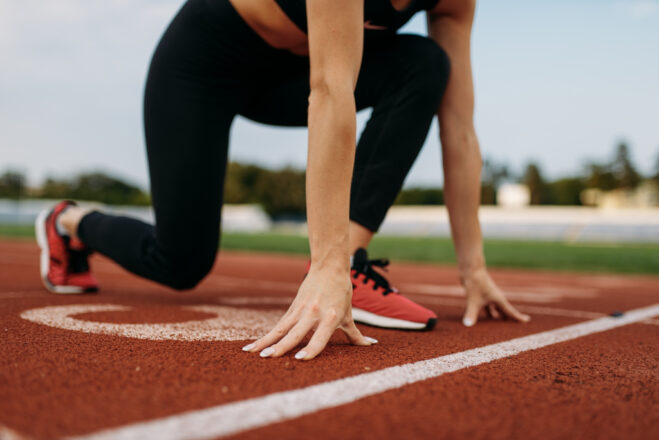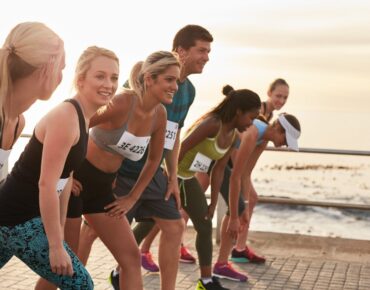Having a good race day can be quite elusive. Often runners prepare for a long time for their race only to have things get to spoil their race day experience. Everyone prepares differently based on their routine and goal. But if you ask us one golden rule for race day, then it would be not to change things around. Why is that? Let’s find out.
In This Article:
Don’t Change Things Around
The reason why this is the golden rule of race day is that it will avoid surprises. On the day of the race, if you try new things, you should not be worried about a certain level of uncertainty. For instance, if you plan to wear new shoes for the race day – don’t. It may not sit well with you and impact your performance. You may try certain things to improve the outcome, but things can turn around.
Be Prepared With the Right Essentials
Before the race, do a check that you have all the things required for the race day. To make things easier for you, here is a short checklist of things to consider in your preparation:
Shoes
Strictly avoid wearing new shoes on the race day or a day prior to it. This is because you will not have enough time to test them on the taper.
Moreover, new shoes will feel stiffer than the ones that you have been training with for months. The brand new insole can cause irritation in the middle of the race, and you may not have the right tension of the lenses. And by the time you figure this out, you will be dealing with blisters.
Clothes
Do not experiment with new clothes on the race day. This is because runners tend to heat up while racing. And when you are running with a group of people, you are going to feel hotter. The new shorts you choose may not fit the way you want or may not be heat absorbent. This can significantly impact your performance.
You should be wearing shorts, socks, t-shirts that you were most comfortable with while training. This will avoid any surprises and keep you comfortable. Make sure that you wear clothes based on the weather. If you live in a warm region, the combination of a running t-shirt and a pair of shorts would be ideal.
Pace
Another important aspect of the golden rule of race day is not to mess with your pace. You have been training for months at a certain pace to achieve your objectives. Changing that on the race day means you are hindering your chances of winning.
You may think that going faster will help you reach the finish line more quickly. But you may get tired soon enough and won’t be able to muster the energy when you require fastening your pace. So it is better to stick to the training pace you have practiced for months.
Blisters
Blisters can significantly impact your performance, and you do not want to be dealing with them on the race day. Make sure that you carry blister plasters with you during the race day. And make it a routine to check for hot spots daily. The sooner you identify the blister, the faster you will be able to deal with it before the race day.
Moreover, ensure to use lubricant daily to reduce friction and reduce moisture that can result in skin breakdown.
Diet/Nutrition
On the race day, strictly avoid trying out new foods or eating additional dietary fiber so that you do not feel super stuffed. Instead of white bread, go for whole-wheat bread and freshly squeezed juice. Your pre-race meal could include oatmeal, bananas, low-fiber cereals, juice, and yogurt.
Make sure to drink water or an energy drink if you feel thirsty. During summer times, try to add less salt to your meal. Throughout the training period, you might have tried different food to find the one that best goes with your performance goal. So on your race day, stick to that meal. Even if the food is highly nutritious, it is better not to risk the race day. You have all the time afterward to try new healthy meals.
Drink
The kind of drink you consume makes a significant difference in your performance.
During the last hours before the race, make sure to drink water. But don’t do it too much. The right amount of drink depends on your previous training sessions. And during the practice, you might have figured the amount that keeps you going. Make sure you stick to that amount during the race day.
The Bottom Line
To achieve long-desired results, you should not experiment with new things; instead, stick to tested and proven practices. This way, you’ll ensure your monthly training sessions don’t go to waste, and you can actually enjoy the race without any complications.














